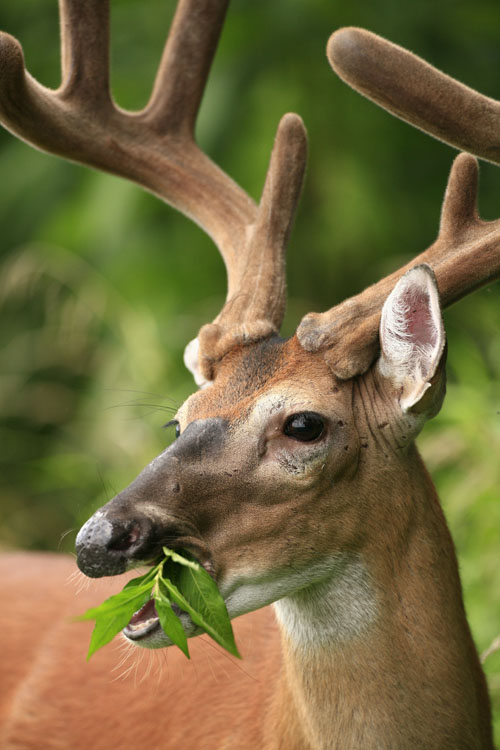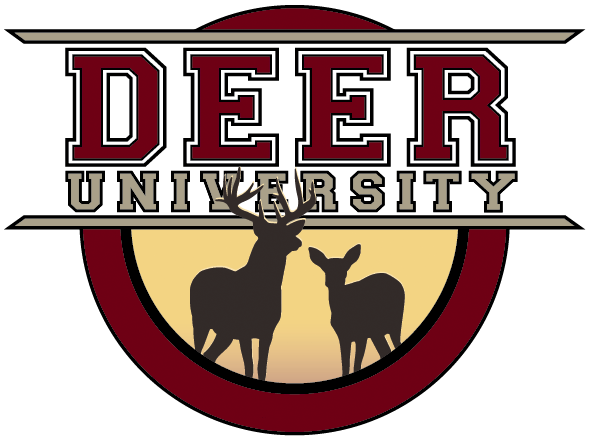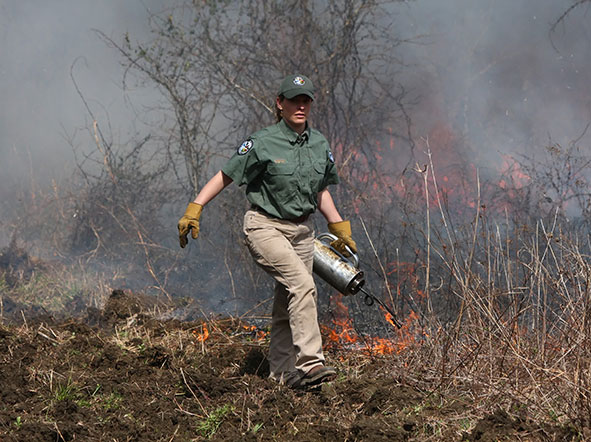What do Deer Eat?
Deer Diet
Understanding diet selection by white-tailed deer is best accomplished by first knowing what whitetails "should" eat. Their anatomy, behavior, and physiology are adapted to selection of specific types of forage that differ from other potential forage competitors like cattle, elk, and moose. A narrow snout and long tongue allow them to delicately seek out specific plant parts.
Their highly active salivary glands produce enzymes that help deactivate secondary plant compounds, such as tannins, that disrupt digestion. These enzymes allow them to eat a quantity of acorns that would kill a cow. Their relatively smaller and less complex gastro-intestinal tract requires they eat forages that are of relatively higher quality and more easily digestible than forages eaten by cattle, elk and moose.
Although low quality forages such as mature grasses provide adequate nutrition to animals such as elk and cattle, the quicker digestive process of whitetails requires more readily digestible forages to fulfill their energy and protein requirements. On severely overpopulated and depleted ranges, white-tailed deer have starved to death with their stomachs full of low quality forages.
A list of plants consumed by white-tailed deer would be quite long. For example, whitetails have been documented to eat over 400 species of plants in the Southeast alone. Regular sampling from a wide range of species allows deer to continually evaluate new sources of nutrients. However, the majority of their diet comes from a relatively small number of forages. Although deer consumed over 140 plant species in one study, about a third of those species accounted for 93 percent of the overall diet (Gee et al. 2011).
Diet selection changes in response to seasonal changes in forage abundance, quality, and metabolic needs of the animal. Deer eat a variety of food types, including browse (leafy parts of woody plants), forbs (herbaceous broad-leaved plants, including agricultural crops), hard and soft mast (seeds), grass and mushrooms/lichens.
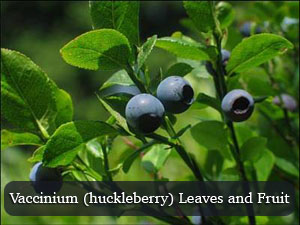

Throughout the range of white-tailed deer, greater than 85 % of their overall diet consists of browse, forbs, and mast.
Browse and forbs are the most important forages supplying the nutritional needs of deer because they provide over 80% of the diet in all seasons except during autumn. Mast is highly preferred, so its presence drives the seasonal variation in forage selection. Mast consumption increases from 11% during summer (primarily soft mast, such as berries) up to 28% during autumn (primarily hard mast, such as acorns). Leaf buds and evergreen leaves are especially important during winter in northern areas. A wide variety of agricultural crops are used readily whenever available because they tend to be highly nutritious, palatable and readily digestible.
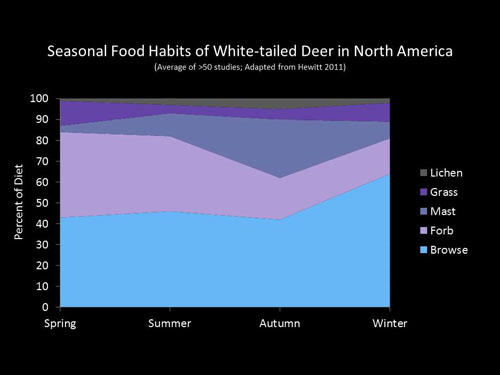
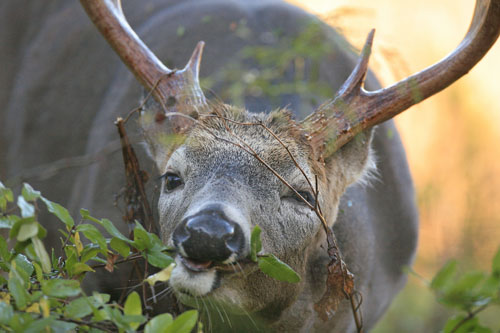
Buck Eating in Fall
